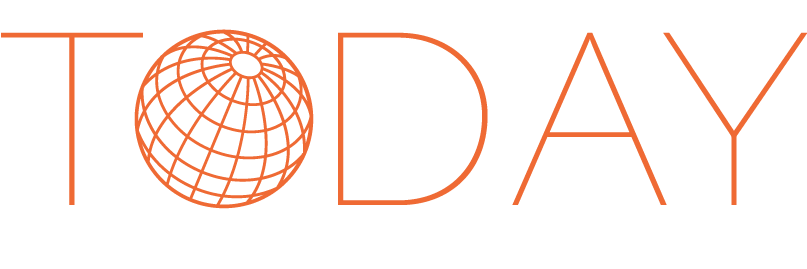Supporting office workers with musculoskeletal disorders - recommendations for small businesses
Musculoskeletal disorders are one of the most widespread issues affecting workers. The appropriate measures for supporting these workers will differ by worker, type of musculoskeletal disorder, and workplace. IOM has recently developed a set of case studies examining employer support to identify good practice in supporting workers with musculoskeletal disorders.

What tools and equipment could support a worker with a musculoskeletal disorder?
If your worker typically sits for long periods during the day, a sit-stand desk may help by providing a change in position. Depending on the nature of the musculoskeletal disorder, an adapted chair or a support cushion may also make the seated position more comfortable for your worker. Alternatively, if your worker stands for long periods, it may be helpful to provide a seat for them to rest in a seated position from time to time. Providing a seat is a legal requirement – even if the worker doesn’t use it.
There are many types and designs of computer devices, so it is important that your worker can trial the devices to identify, which is best suited to them (e.g. keyboard design and position, computer input devices (mouse), headsets (cordless)).
What organisational level factors could support a worker with a musculoskeletal disorder?
It is important to remain flexible when supporting a worker with a musculoskeletal disorder. This may be through providing flexible start and finish times to allow your worker to avoid rush hour traffic or to allow time in the mornings for physiotherapy exercises before work. Also depending on the type and organisation of work, it may be helpful to allow workers to work around medical appointments, rearrange working hours, or swap shifts with colleagues. Support your worker to self-manage their workload, including facilitating them to control their own screen time and limit prolonged sitting, allowing breaks when required.
It is important that you consider who is best placed to conduct a task. If could be that you have support staff trained in data entry that may be better placed to assist with data entry tasks or other colleagues that could assist with lifting tasks (even in an office there can be a lot of paperwork and other material lifted and carried). It may be relevant to consider a role change; however, this must be in discussion with the worker where appropriate and possible.
It may be relevant to minimise work travel or, if necessary, allowing the use of taxis to avoid the worker carrying luggage, booking an aisle seat to facilitate movement when travelling on business, providing a cushion for extra support, and booking hotels with gym facilities for daily exercise/stretching routines.
What workplace policies and practices could support a worker with a musculoskeletal disorder?
A risk assessment should be conducted to identify any risks and any support required. As a result of this assessment, it may be relevant to provide the option of teleworking or working at home, if this is the case then the relevant infrastructure should be in place (e.g. computer set up, internet connection).
Whether your worker is away from work, in the process of returning to work or has remained in work, a multidisciplinary team should be involved. Communication between the worker and the team should be regular, two-way and open. This includes ensuring there is line manager support, both formally (e.g. in a meeting) and informally (e.g. catching up over a coffee). As part of this, it is important to ensure that line managers have an awareness of the potential impact of musculoskeletal disorders on the worker and understand how best to manage issues when they arise.
Within the workplace, it may be relevant to provide a space for your worker to complete stretching and exercises. This space may be multifunctional, with different workers using it for different activities, for example stretching and meditating. All workers should be encouraged to minimise prolonged sitting by taking mini-breaks.
This project was completed as part of a report commissioned by the European Agency for Safety and Health at Work (EU-OSHA); Analysis of case studies on working with chronic musculoskeletal disorders. You can learn more about that here.

